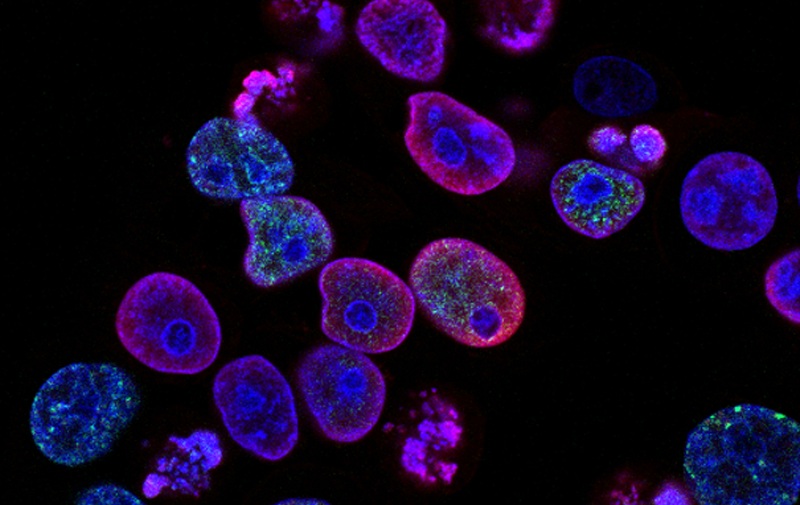Cyanine dyes are versatile synthetic compounds known for their vivid colors and broad utility across scientific, medical, and industrial fields. Characterized by two nitrogen-containing heterocycles connected by a polymethine bridge, cyanine dyes offer tunable absorption and emission wavelengths, high photostability, and customizable solubility.
Different Types and Applications:
Cyanine 3 Dye (Cy3)
- Wavelength: Absorption/Emission around 550/570 nm
- Applications: Popular in fluorescence microscopy and flow cytometry.
- Advantages: High photostability, strong quantum yield, and water-soluble variants available.
Cyanine 3.5 Dye
- Wavelength: Absorption/Emission around 588/604 nm
- Applications: Useful for multi-color imaging and less overlapping with green fluorophores.
- Advantages: Red-shifted compared to Cy3, offers versatility.
Cyanine 5 Dye (Cy5)
- Wavelength: Absorption/Emission around 650/670 nm
- Applications: FRET experiments, multi-color flow cytometry, and imaging.
- Advantages: Red laser excitation compatibility, high photostability.
Cyanine 5.5 Dye
- Wavelength: Absorption/Emission around 673/707 nm
- Applications: Used in multi-color imaging, especially when minimal spectral overlap is required.
- Advantages: Further red-shifted than Cy5, enables more complex imaging setups.
Cyanine 7 Dye (Cy7)
- Wavelength: Absorption/Emission around 750/773 nm
- Applications: In vivo imaging in small animals.
- Advantages: Near-infrared properties allow for deep tissue penetration and low background fluorescence.
Cyanine 7.5 Dye
- Wavelength: Absorption/Emission around 788/808 nm
- Applications: Similar to Cy7 but optimized for even deeper tissue imaging.
- Advantages: Further into the near-infrared range, better tissue penetration.
Sulfo-Cyanine 3
- Wavelength: Similar to Cy3
- Applications: Biological systems requiring water solubility.
- Advantages: Better solubility in water without sacrificing photostability or quantum yield.
Sulfo-Cyanine 3.5
- Wavelength: Similar to Cy3.5
- Applications: Used in aqueous solutions for multi-color imaging.
- Advantages: Maintains spectral properties of Cy3.5 while increasing solubility.
Sulfo-Cyanine 5
- Wavelength: Similar to Cy5
- Applications: Aqueous biological systems, often in complex environments.
- Advantages: Enhanced water solubility, making it ideal for biological applications.
Sulfo-Cyanine 5.5
- Wavelength: Similar to Cy5.5
- Applications: Used in multi-color imaging where water solubility is essential.
- Advantages: Combines spectral advantages of Cy5.5 with better solubility.
Sulfo-Cyanine 7
- Wavelength: Similar to Cy7
- Applications: In vivo imaging requiring high water solubility.
- Advantages: Maintains near-infrared capabilities while enhancing solubility.
Sulfo-Cyanine 7.5
- Wavelength: Similar to Cy7.5
- Applications: Deep-tissue imaging in aqueous environments.
- Advantages: Near-infrared spectrum with enhanced solubility.
Each subclass of cyanine dyes serves specialized needs, making them invaluable in diverse applications from biomedicine to material science. Their tunability in wavelength, brightness, and solubility ensures that there is a suitable cyanine dye for nearly every high-tech requirement.









